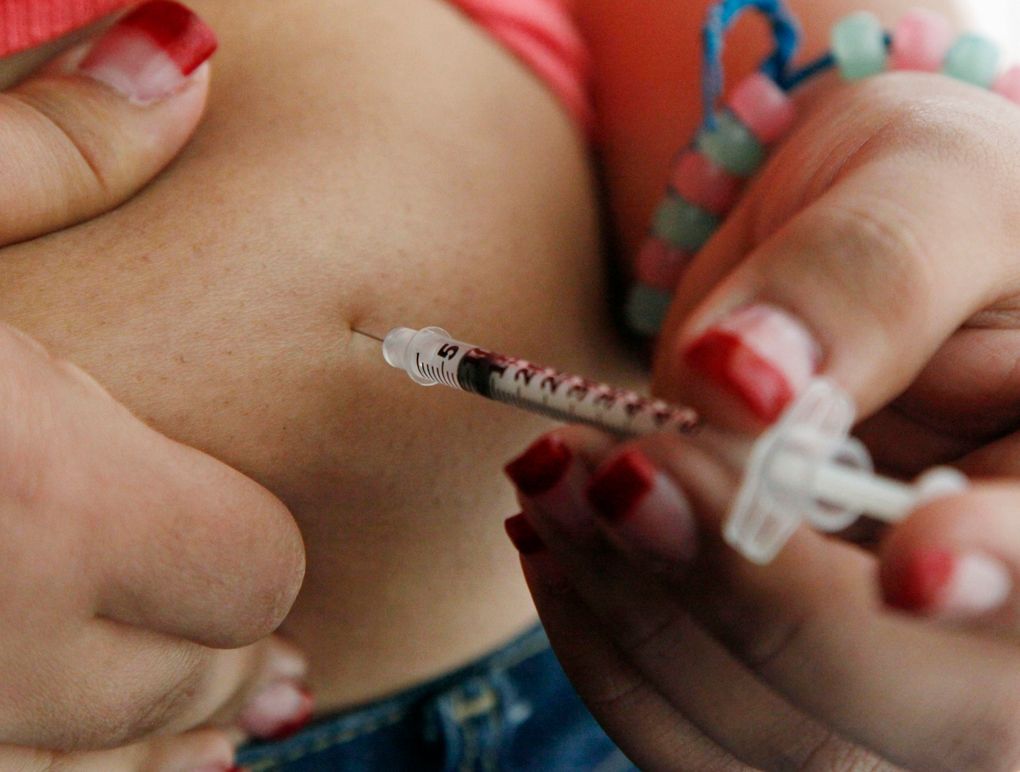
Alan: Tragically, Modern Medicine persuades many (probably most) people that the ready availability of "cures" makes it unnecessary to exercise, eat well and shun smoking.
A revered pathologist at Duke University Medical Center confided: "If all Americans adopted a Mediterranean diet, the ensuing health benefits would outweigh the cumulative benefit of all drugs in the pharmacopaeia with the exception of insulin and antibiotics."
Persistent dedication to intelligent "health behaviors" is indispensable to long, healthy life.
At the risk of redundancy but for the sake of clarity, it must be said that to live a long, healthy life leaves NO alternative but exercise, good nutrition and the avoidance of tobacco.
As always, reliance on "medical miracles" for the restoration of health after disease and dysfunction have manifested is a cursed mindset that -- with diabolical allure -- passes for "normal."
To believe that "medical miracles" will save us without need for intelligent behavior modification is as dimwitted as the kindred belief that "sola fide" --- "faith without good works" -- is sufficient for "salvation."
Whether physically or metaphysically, we are "saved" by "right living" and "virtuous behavior," not by the seductive (and essentially indolent) belief that a hero who visits our lives "deus ex machina" will bestow us -- gratuitously -- with salvation/health/wholeness.
Study backs pancreas cell transplants for severe diabetes
“Cell-based diabetes therapy is real and works and offers tremendous potential for the right patient,” said study lead author Dr. Bernhard Hering of the University of Minnesota, whose team plans to seek a Food and Drug Administration license for the therapy.
In Type 1 diabetes, the immune system destroys the pancreatic cells responsible for making insulin, a hormone crucial to converting blood sugar into energy. About 1 million Americans have Type 1 diabetes and depend on regular insulin shots to survive but still can experience complications due to swings in their blood sugar.
The questions: How best to obtain those islet cells from deceased donors, and who benefits most from transplants?Diabetics who get kidney transplants sometimes also receive pancreas transplants at the same time, essentially curing their diabetes. But it’s an uncommon and grueling operation, so scientists for years have worked on a minimally invasive alternative: Infusing patients with just islet cells, the insulin factories inside the pancreas.
When glucose levels drop too low, most people with Type 1 diabetes experience early warning signs — slurred speech, tremors, sweating, heart palpitations — so they know to eat or drink something for a quick sugar boost. But even with optimal care, about 30 percent eventually quit experiencing those symptoms, a condition called hypoglycemia unawareness. They can be in grave danger if their blood sugar plummets when no one else is around to help. Continuous glucose monitors can counteract that problem, but even those don’t help everyone.
The National Institutes of Health targeted that fraction of highest-risk patients, funding a study that gave 48 people at eight medical centers at least one islet cell transplant.
A year later, 88 percent were free of severe hypoglycemia events, had their awareness of blood sugar dips restored, and harbored glucose levels in near-normal ranges. Two years later, 71 percent of participants still were faring that well, concluded the study published by the journal Diabetes Care.
The goal wasn’t insulin independence, which requires more functioning islet cells than merely restoring blood sugar awareness. But some patients — 52 percent after one year — no longer needed insulin shots and others used lower doses.
“It’s just an amazing gift,” said Lisa Bishop of Eagle River, Wisconsin, who received new islet cells in 2010 and no longer needs insulin shots. Bishop recalls the terror of learning she’d become hypoglycemic unaware, and the difficulty of even holding a job. She hasn’t had hypoglycemia since the transplant and says if her blood sugar occasionally dips a bit after exercise, “now my body senses it.”
Another key: The transplants have long been used experimentally but different hospitals use different methods to cull the islet cells from a donated pancreas and purify them — and it wasn’t clear which worked best, explained Dr. Nancy Bridges, chief of the transplant branch at NIH’s National Institute for Allergy and Infectious Diseases. The FDA made clear that there had to be a standard method for islet cell transplants if they were ever to be approved — which is necessary for insurance coverage — so the researchers developed that recipe, Bridges said.
Side effects include bleeding and infection, and recipients need lifelong immune-suppressing drugs to avoid rejecting their new cells. Even if given the OK for more routine use, donated pancreas cells are in limited supply.
Still, “it’s a very beautiful study,” said Dr. Julia Greenstein of the diabetes advocacy organization JDRF, who wasn’t involved in the latest research. “For most people in the U.S., this was not an available choice, and this is the first step in making that an available choice.”
No comments:
Post a Comment